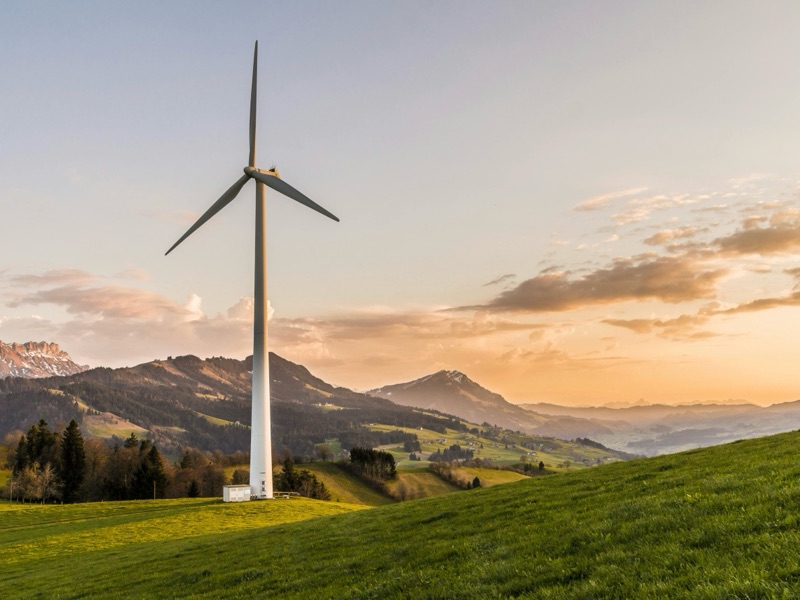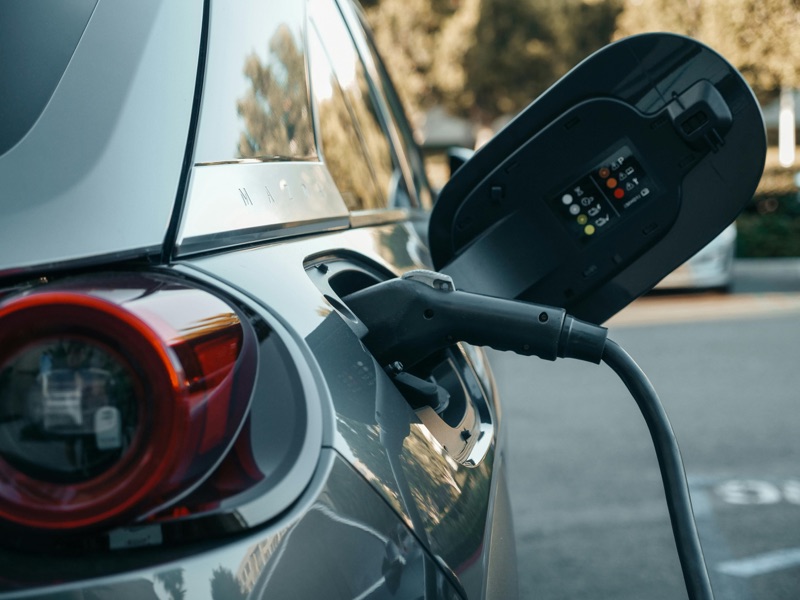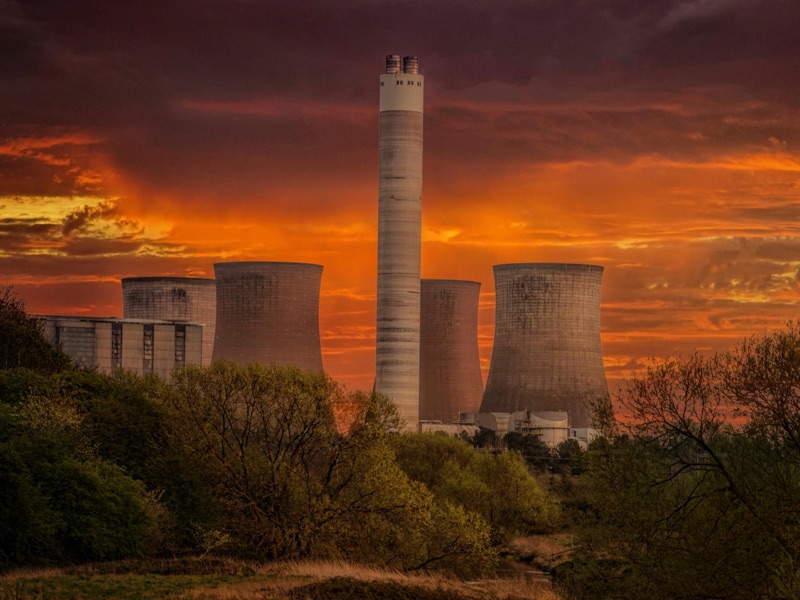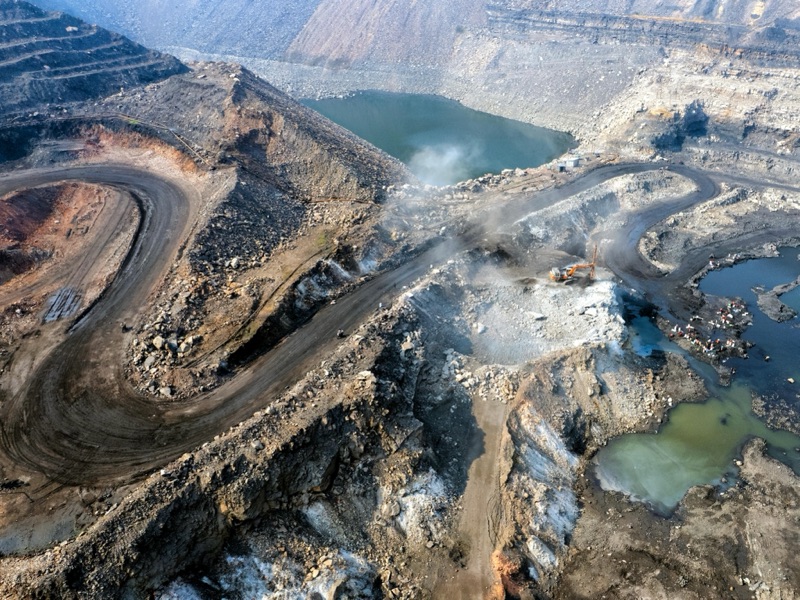As the global conversation intensifies around climate change, sustainability, and the future of energy, a crucial question looms large: Is the world truly ready for renewable energy? With governments pushing aggressive green energy agendas, climate activists demanding immediate transitions, and fossil fuel resources dwindling, this transition is as complex as it is urgent. The path to a clean energy future is riddled with technical, economic, and political challenges that must be addressed before a full-scale shift is feasible.
The High Cost of Renewable Energy Infrastructure
One of the most significant barriers to widespread adoption of renewable energy is the high upfront cost of implementation. Wind turbines, solar panels, hydropower systems, and the supporting grid infrastructure require enormous capital investments. While the price of solar and wind technologies has dropped considerably over the last decade, installing them at the scale necessary to replace fossil fuels entirely remains financially daunting for most nations.
Beyond installation, there are hidden costs: maintaining a more complex and decentralized grid, retrofitting energy storage systems, and ensuring reliable transmission. For developing countries, the price tag can be prohibitive, diverting resources from other critical areas like healthcare and education.

The Reliability Gap: Fossil Fuels vs. Renewables
Fossil fuels—coal, oil, and natural gas—have long provided consistent, reliable energy regardless of time of day or weather conditions. Renewable energy sources, on the other hand, are inherently intermittent. Solar energy depends on sunlight, which is unavailable at night and limited during cloudy weather. Wind energy requires sufficient and consistent wind speeds, which are highly variable.
This intermittency problem leads to an increased dependence on energy storage solutions or backup systems powered by natural gas or other fossil fuels. Until large-scale, cost-effective energy storage becomes a reality, renewables cannot fully guarantee energy security on their own.

Why Are Governments Pushing Renewables?
Despite the challenges, governments around the world continue to aggressively promote renewable energy. Why? The reasons are multifaceted:
- Climate Goals: Under international agreements like the Paris Climate Accord, nations have committed to reducing greenhouse gas emissions. Renewable energy is a key tool in achieving these targets.
- Energy Independence: Reducing reliance on imported fossil fuels can improve national security and economic resilience.
- Long-Term Savings: While upfront costs are high, renewables often have lower operating and maintenance costs over time.
- Job Creation: The green energy sector is seen as a potential engine for economic growth, offering new jobs in engineering, manufacturing, and infrastructure.
But is the early push justified? Some argue that a premature transition could result in economic disruptions, energy shortages, and increased costs to consumers. Others believe that acting early allows for technological learning curves, cost reductions, and climate mitigation that will benefit future generations.

The Finite Nature of Fossil Fuels
Fossil fuels, while reliable, are non-renewable and finite. Global oil and gas reserves are being depleted at a steady rate. As these resources become scarcer, the cost of extraction rises—both financially and environmentally. Deep-sea drilling, tar sands extraction, and hydraulic fracturing (fracking) are more expensive and damaging than traditional methods.
Over time, these rising costs will be passed on to consumers, making fossil fuels less economically viable and pushing the market toward alternatives. Thus, preparing for a post-fossil fuel world is not just environmentally prudent—it’s economically necessary.

Are Climate Activists Right?
Climate activists often emphasize the urgent need for action, citing rising global temperatures, extreme weather events, and increasing CO2 levels. While some claims may be alarmist, the data does show worrying trends. The Intergovernmental Panel on Climate Change (IPCC) warns that without drastic reductions in emissions, we risk triggering irreversible climate tipping points.
However, the question remains whether current strategies—primarily focused on electrification and renewables—are sufficient or even the best approach. Some argue for a broader energy mix that includes nuclear power and carbon capture technologies. Others point out that behavioral and systemic changes are just as crucial as technological solutions.
Can Better Energy Technology Bring the Climate Under Control?
If the key to stabilizing the climate lies in reducing emissions, then better energy technology is essential. This includes not just generating clean power, but storing and distributing it efficiently. Improved grid technology, smarter distribution systems, and better forecasting models can help integrate renewables more effectively.
The transportation sector, a major contributor to emissions, must also evolve. Petroleum-powered vehicles dominate the market, but their days appear numbered.

The Future of Transportation: Beyond Gasoline
Electric Vehicles (EVs) are widely considered the future of personal and commercial transportation. Tesla, Ford, GM, and numerous other automakers are investing heavily in electric drivetrains. However, EVs come with their own challenges:
- Battery Production: Current lithium-ion battery manufacturing is energy-intensive and heavily reliant on mining rare elements like cobalt and lithium.
- Recycling Limitations: Battery recycling is in its infancy. Better methods are needed to recover valuable materials and reduce waste.
- Clean Production: The entire supply chain for EV batteries needs to become cleaner for EVs to be genuinely sustainable.
Alternatives to Lithium-Ion Batteries
Thankfully, research into next-generation battery technologies is gaining momentum. Some promising alternatives include:
- Solid-State Batteries: These batteries replace the liquid electrolyte with a solid one, offering higher energy density, longer life, and improved safety. Companies like Toyota and QuantumScape are investing heavily in this technology.
- Sodium-Ion Batteries: A cheaper and more abundant alternative to lithium, sodium-ion technology is still in the developmental phase but shows promise, especially for grid storage.
- Flow Batteries: Useful for stationary applications, flow batteries can be scaled more easily and offer long life cycles.
- Zinc-Air and Aluminum-Air Batteries: These options could offer high energy density with lower environmental impact, but technical hurdles remain.

Conclusion: A Measured Path Forward
The world is not entirely ready for a full transition to renewable energy—but it must start preparing in earnest. The current energy mix is not sustainable in the long run, both due to environmental impact and the finite nature of fossil fuels. However, a premature or poorly managed transition could do more harm than good.
We need a balanced, phased approach that acknowledges the limitations of current technologies while investing in innovation and infrastructure. Governments should prioritize not just deployment but also research, energy storage, grid modernization, and recycling technologies.
Climate activists are right in calling for urgency—but that urgency must be matched with pragmatism. By improving the reliability of renewables, investing in next-generation batteries, and making the transition economically inclusive, we can move toward a future where energy is clean, affordable, and secure.
In the end, the question isn’t whether the world is ready for renewable energy. It’s whether we’re ready to do what it takes to make renewable energy work.